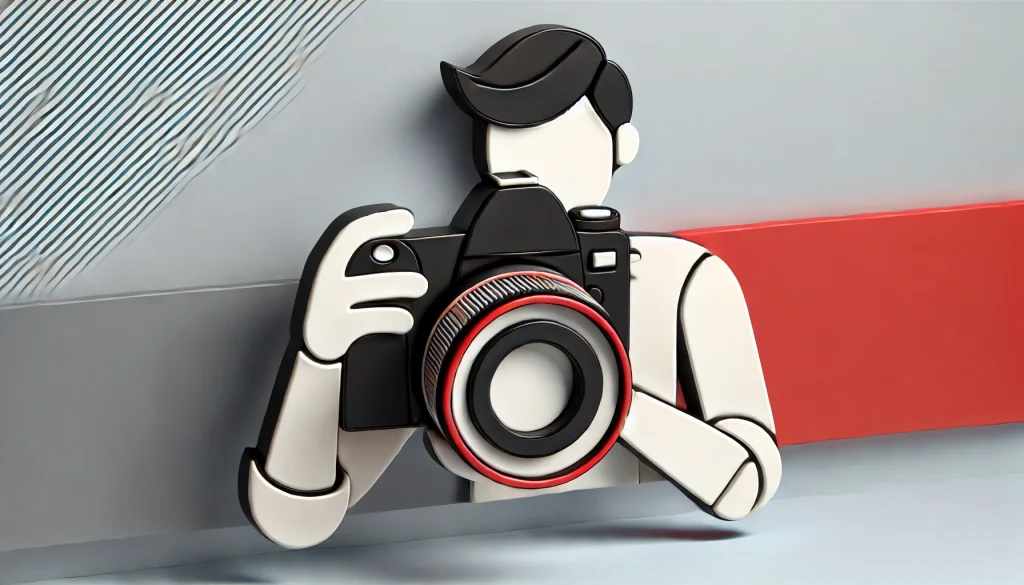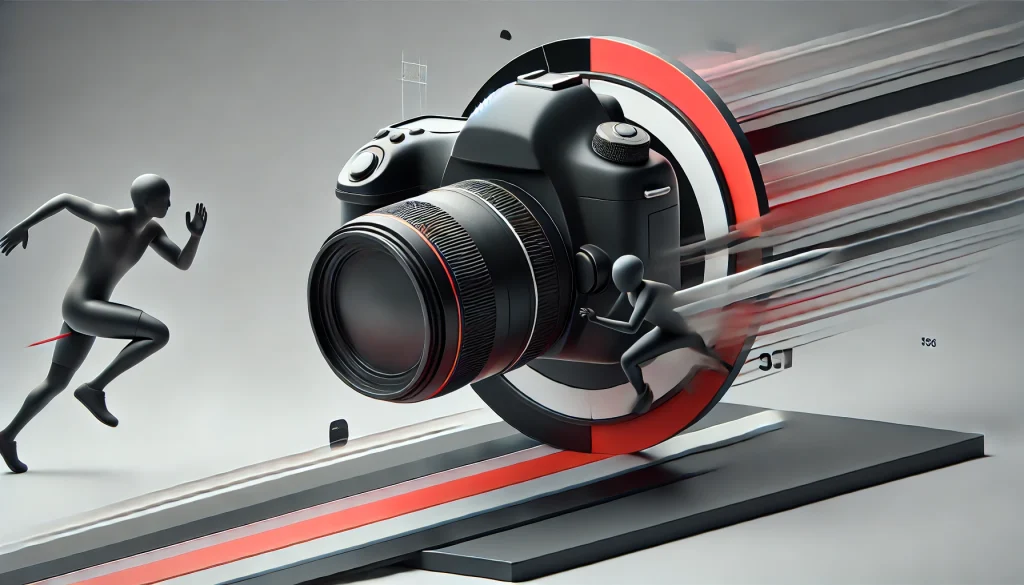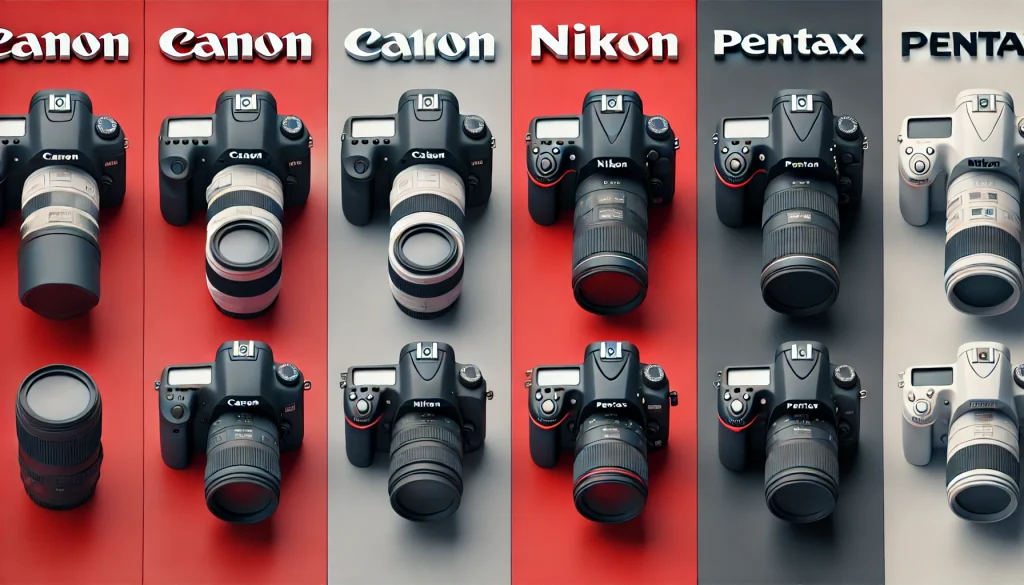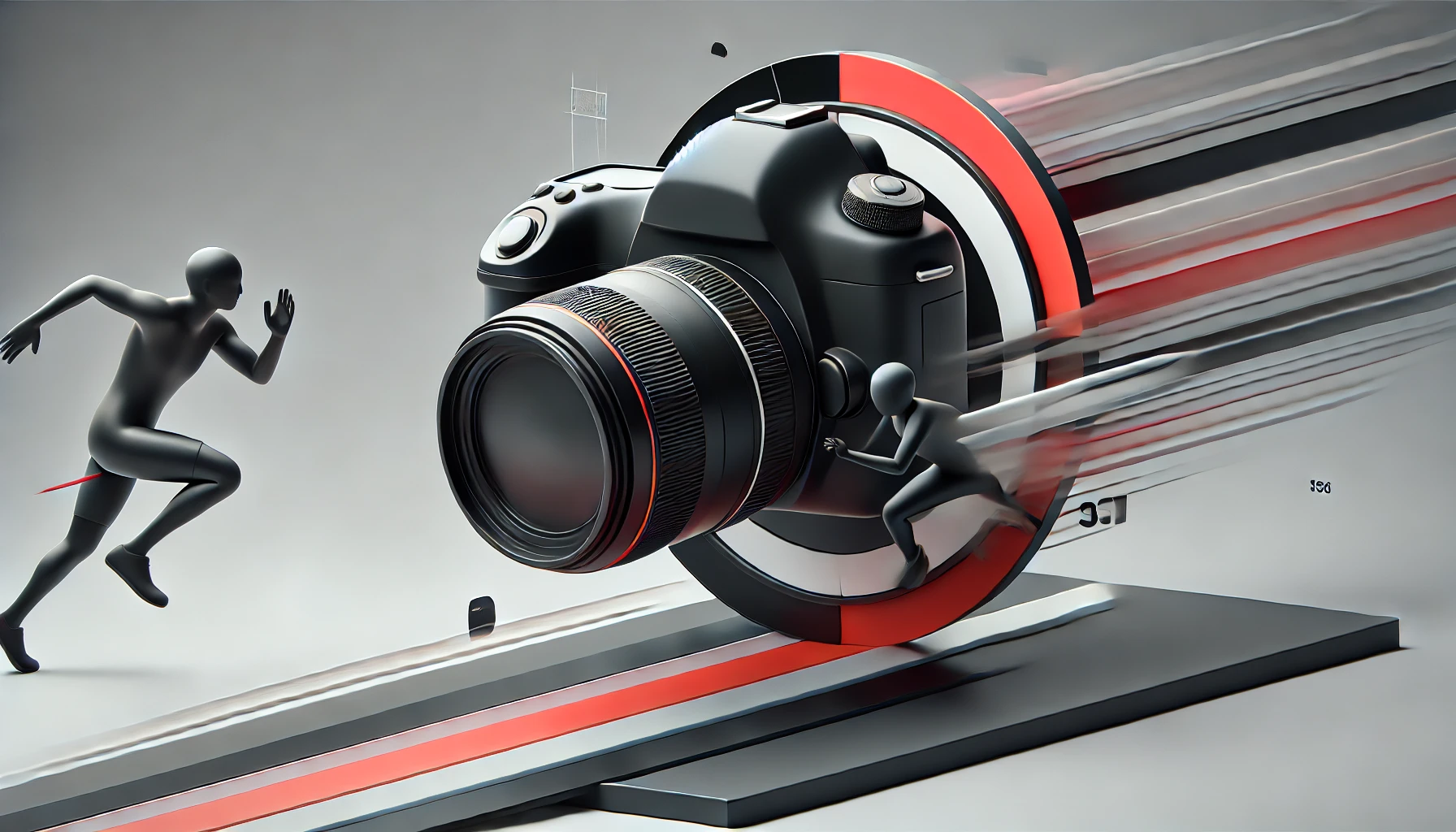
Despite the rise of mirrorless cameras, DSLR cameras remain a cornerstone in professional photography. Many photographers continue to prefer DSLRs for their durability, performance, and reliability. With a long history of success in the field, these cameras still hold their ground in areas like sports, wildlife, and event photography, where their strengths truly shine. While technological advancements have pushed mirrorless systems to the forefront, DSLR cameras remain a crucial tool for professionals who value the long battery life, superior autofocus, and rugged design that these systems offer. In this blog post, we will explore why DSLR cameras continue to be a popular choice among professionals and where they outperform newer camera technologies.
What is a DSLR Camera?
A DSLR (Digital Single-Lens Reflex) camera is a digital version of the traditional SLR camera used in film photography. It uses a mirror mechanism to direct light from the lens to an optical viewfinder, allowing photographers to see exactly what they’re shooting. When the shutter is pressed, the mirror flips up, exposing the sensor to capture the image. DSLRs are known for their interchangeable lenses, which provide versatility across a wide range of photography styles. Compared to mirrorless cameras, DSLRs offer optical viewfinders, which some photographers prefer because of the immediate, real-time view they provide. Other synonyms or variations include “professional camera” or “reflex camera,” terms often used interchangeably in the photography community.
Why DSLRs Are Still Popular Among Professionals

DSLR cameras remain popular among professionals for several reasons. First, their optical viewfinder provides real-time accuracy that many photographers prefer over electronic viewfinders, especially in fast-paced environments like sports or wildlife photography. The ability to see the scene directly through the lens ensures there’s no delay or digital processing involved in composing the shot.
Durability is another factor that keeps DSLRs relevant. These cameras are built to withstand tough conditions, from extreme weather to intense usage. Their rugged design makes them ideal for outdoor shoots, action sports, and environments where equipment might get knocked around. Additionally, DSLR batteries tend to last significantly longer than those of mirrorless cameras. This extended battery life is critical for professionals who need to shoot for extended periods without worrying about swapping batteries frequently.
Autofocus systems on DSLRs are also highly regarded. Many professionals find that the phase-detection autofocus system used in DSLRs is faster and more accurate in tracking moving subjects compared to contrast-detection systems found in many mirrorless cameras. In events like weddings, concerts, and wildlife shoots, where missing a moment isn’t an option, DSLRs continue to shine.
History of DSLR Cameras
The roots of DSLR cameras trace back to the film-based SLR (Single-Lens Reflex) cameras, which emerged in the mid-20th century. The shift to digital began in the 1990s, with Canon and Nikon leading the charge. Canon introduced the first digital EOS DSLR, while Nikon soon followed with their D1 model, which revolutionized digital photography for professionals. As digital sensors improved, DSLRs quickly became the preferred tools for photojournalists, sports photographers, and studio professionals. Over the years, DSLRs have continued to evolve, integrating better sensors, faster processors, and more advanced autofocus systems, making them a reliable choice for high-end photography.
Types of DSLR Cameras
There are different types of DSLR cameras that cater to various skill levels and needs, from beginners to professionals. Below is a table summarizing the key differences.
| Category | Features | Examples |
|---|---|---|
| Entry-level DSLR | Smaller sensors, lightweight | Canon EOS Rebel T7, Nikon D3500 |
| Mid-range DSLR | Larger sensors, advanced AF | Canon EOS 90D, Nikon D7500 |
| Professional DSLR | Full-frame sensors, rugged body | Canon EOS 5D Mark IV, Nikon D850 |
Entry-level DSLRs are great for beginners, while mid-range models offer more advanced features for serious hobbyists. Professional DSLRs, with their full-frame sensors and durable builds, are ideal for professionals working in high-demand fields.
Pros and Cons of DSLR Cameras
| Pros | Cons |
|---|---|
| Long battery life | Bulkier compared to mirrorless cameras |
| Optical viewfinder for real-time view | Fewer new models being released |
| Great autofocus for fast action | Limited technological advancements |
| Wide variety of lenses available | Generally heavier and larger in size |
DSLR vs Mirrorless: Which Should You Choose?
Choosing between a DSLR and a mirrorless camera depends on your photography needs. DSLRs offer longer battery life and faster autofocus for action shots, making them a great choice for wildlife, sports, and event photography. The optical viewfinder provides a real-time view with no digital delay, which many professionals prefer. On the other hand, mirrorless cameras are lighter and more compact, making them easier to carry during long shoots or travel. Mirrorless systems also tend to feature more advanced video capabilities, with high-quality 4K recording becoming a standard. However, they often require frequent battery changes due to their power-hungry electronic viewfinders. Ultimately, if you prioritize ruggedness and battery life, a DSLR is still a great option, while mirrorless may be more suitable for those who value portability and cutting-edge video features.
Top DSLR Brands

Three major brands continue to lead the DSLR market: Canon, Nikon, and Pentax. Canon and Nikon have been at the forefront of DSLR innovation, each offering a wide range of models for different types of photographers. Canon’s EOS 5D series remains a top choice for professionals, especially in portrait and event photography. Nikon’s D850, known for its exceptional image quality and durability, is another favorite among pros. Pentax, while less prominent, continues to offer rugged DSLRs like the K-1 Mark II, which excels in outdoor and adventure photography.
Best Uses for DSLR Cameras in Professional Photography
- Sports and Wildlife Photography: DSLRs’ fast autofocus and long battery life make them perfect for capturing fast-moving subjects. Their phase-detection autofocus systems are more responsive to action, making them the preferred choice for sports photographers who need to catch the perfect moment without delay.
- Portrait Photography: The image quality provided by full-frame DSLRs, combined with a wide range of compatible lenses, makes them ideal for studio and portrait work. The ability to control depth of field and focus is crucial for professional portraits.
- Event Photography: For events like weddings or concerts, DSLRs offer reliable performance in various lighting conditions and their quick operation ensures photographers never miss an important shot. Their robust build and long battery life are also critical in these high-pressure environments.
Conclusion
DSLR cameras remain relevant for professionals due to their reliability, excellent autofocus, and long battery life. While mirrorless cameras may offer lighter bodies and newer technology, DSLRs continue to provide the durability and performance that many professionals rely on. For photographers working in fast-paced, demanding environments like sports, wildlife, or events, DSLRs offer features that ensure they can capture every critical moment. As the industry evolves, DSLRs may not be the cutting-edge choice, but they are still a powerful tool for professional photographers who need robust and reliable equipment.
Resources
- Digital Camera World. DSLRs Are Not Dead—And Here’s The Proof
- TechRadar. If DSLR Cameras Are Dead, Why Are They Still So Popular? Here Are 5 Reasons
- E&T. Is the DSLR Dead? Why the Industry Might Be Ready to Move On
- WDO Photo. Buying a DSLR in 2023
- Fstoppers. Digital Dinosaurs: Are DSLR Cameras Considered Old News in 2024?

Brijesh Gohil is the founder of Tech Brij, A popular Tech Blog which is focused on Tech tips & Buying Guides. You can follow him on Facebook, Twitter, Google + & LinkedIn.

